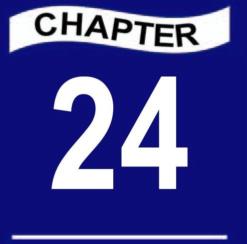
Impacted or malpositioned canines with a favorable root pattern (without hooks or sharp curves) can be tried for transplantation in the dental arch. This is done utilizing the socket of deciduous canine or first premolar, depending on the space available.
The prognosis for auto transplantation of impacted canines in adults is poor (Moos,1974). Periodontal healing without any root resorption varied between authors from 25 to 85 percent. At a later stage of development the root is fully completed and the chance for pulpal and periodontal healing is reduced. The optimal development stage for autotransplantation is when the root is 50-75 percent formed. In light of good prognosis for autotransplantation of premolars documented by Andreasen (1992)1 canine transplantation should be planned as early as possible.
Autotransplantation could be Recommended When
Interceptive measures are inappropriate or have failed.
The degree of malposition is too great to make orthodontic alignment feasible.
Adequate space is available for canine.
The prognosis is good for the tooth to be transplanted and it can be removed atraumatically.
There is no evidence of ankylosis of canine.
However even in experienced hands, it can fail and there could be rejection, resorption, or ankylosis of the transplanted tooth. The procedure of transplantation is described in the following case report.
Case report: An 18-year-old girl reported with complaints of retained left upper deciduous canine and unerupted permanent canine (Fig. 24.1A). Intraoral periapical X-ray showed retained left maxillary canine and impacted 23 (Fig. 24.1B). Surgical removal of 23 was planned under local anesthesia. The patient was informed regarding the option of reimplantation of 23 following its removal. The patient readily agreed for the procedure. After raising a mucoperiosteal flap (Figs 24.1C and D) />
Stay updated, free dental videos. Join our Telegram channel

VIDEdental - Online dental courses



